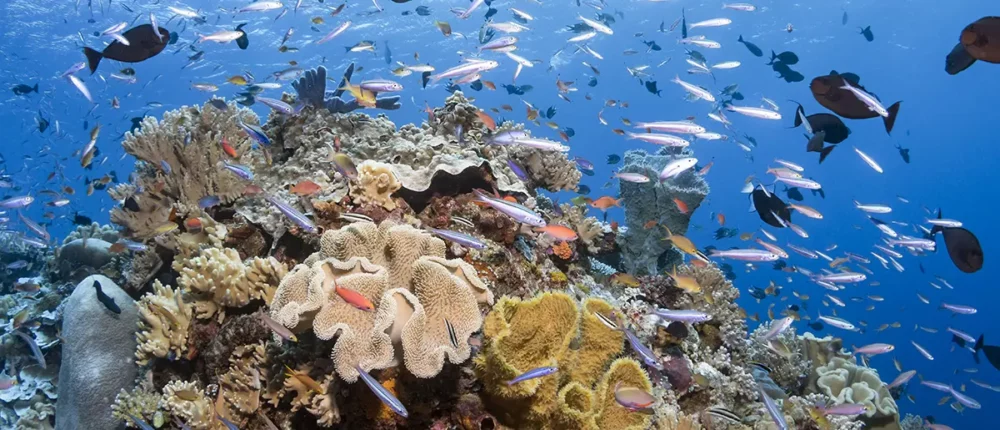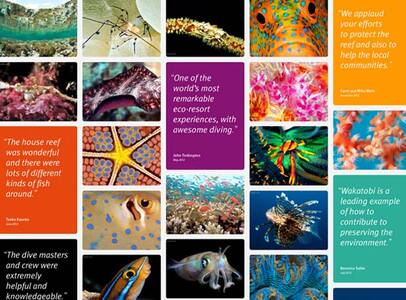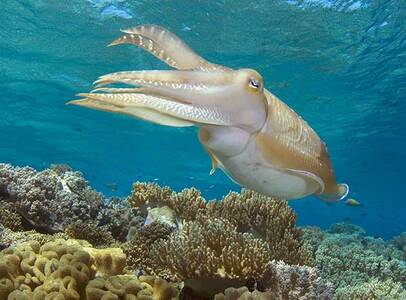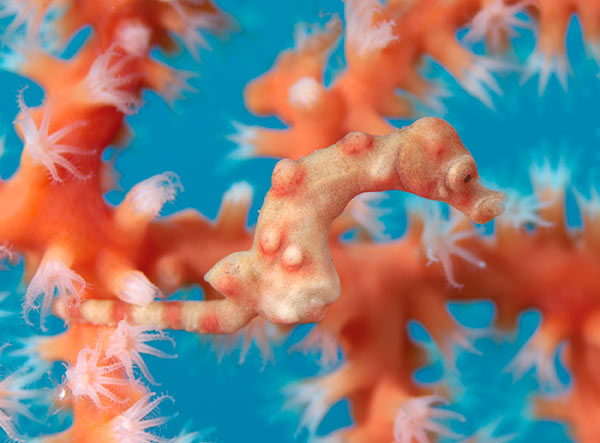Myriad marine life varieties, and all at your doorstep
Wakatobi is located at the world’s epicenter of coral reef biodiversity and is a designated UNESCO Marine Biosphere Reserve. This means that while diving at Wakatobi you can see the greatest variety and diversity of marine life. You’ll not only see beautiful vistas or pristine coral reefs but also abundant colorful reef fish and rare and unusual cryptic ‘critters’. New and undocumented species continue to be discovered at Wakatobi.
There are other locations where you can see larger schools of fish, and bigger animals and experience more adrenaline-filled underwater ‘rides’, but for sheer reef scenery and marine life variety, you won’t be disappointed with a diving holiday at Wakatobi.
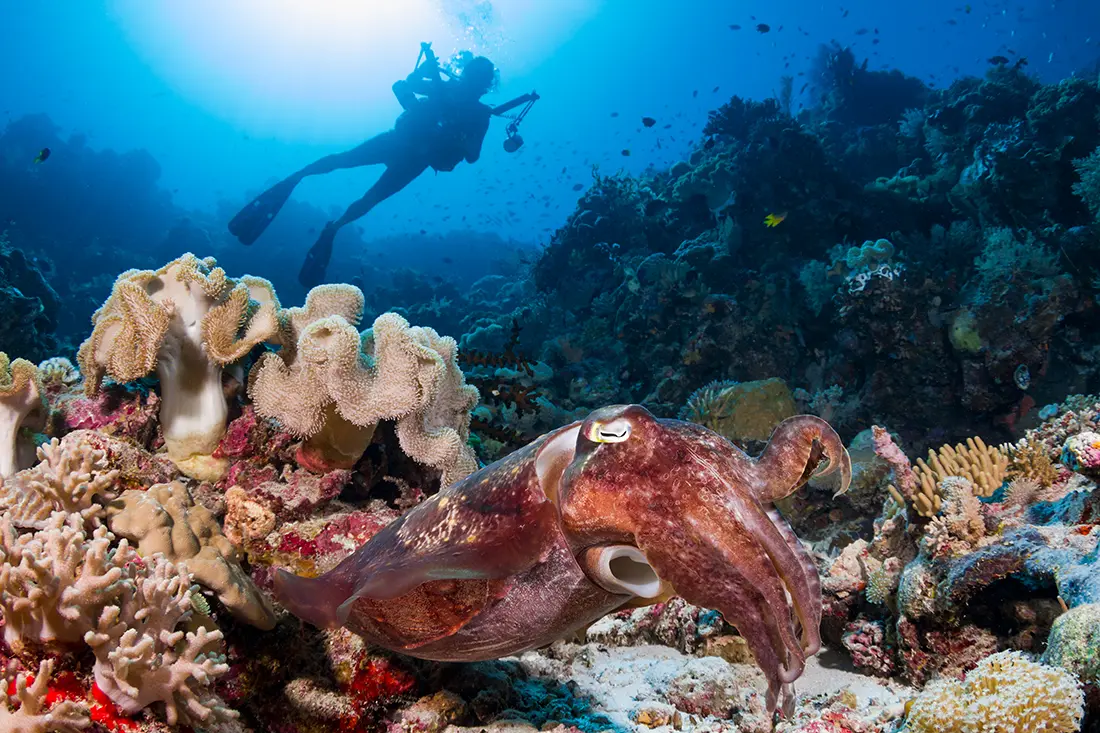
Wakatobi’s dive sites
Wakatobi is blessed with more than 50 mapped and named dive sites all within a short distance of the main resort. The reefs around Wakatobi are actually continuous, so to call a dive site a ‘site’ is a little misleading. We identify most of our dives sites at locations on the continuous reef where we start a dive. We have generally selected these starting points because of some unique underwater typography or marine life that is common to this spot.
You can see the complete listing of Wakatobi’s dive sites here
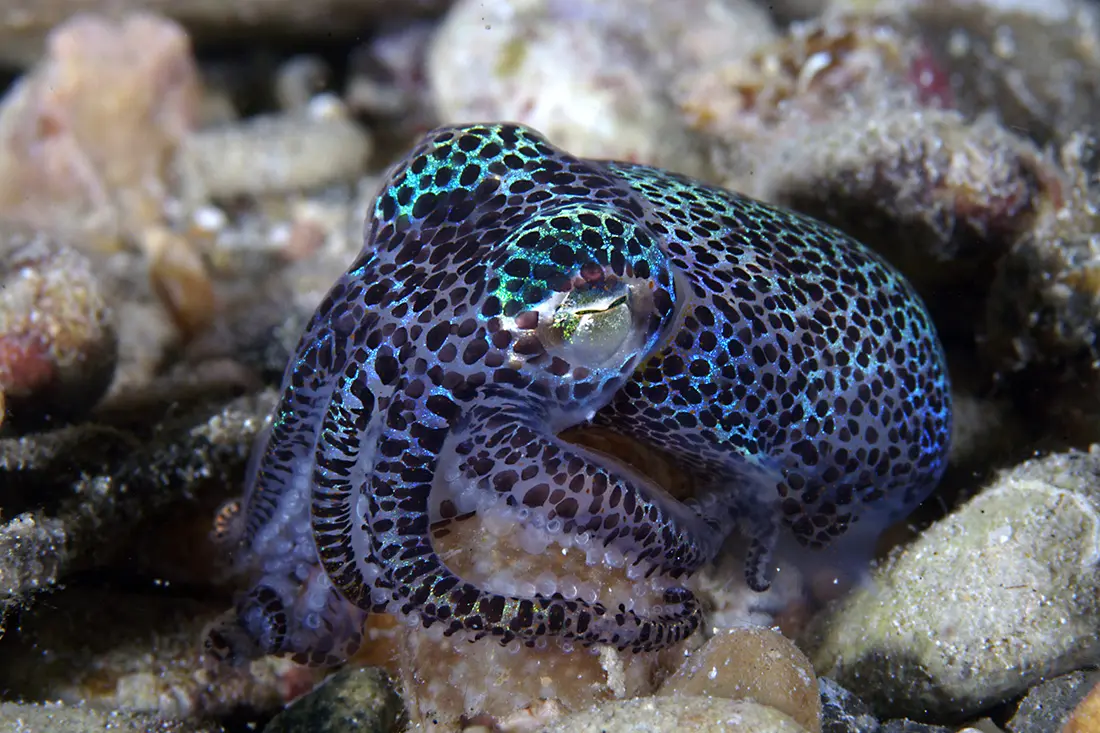
Epicenter of biodiversity
The Wakatobi region is considered to be the epicenter of coral reef biodiversity. 85% of the world’s coral reefs are located in the Indo-Pacific region, and as you travel either east or west from the epicenter of biodiversity, the number of species decreases. At the Western edge of the Indian Ocean, or the Eastern edge of the Pacific, you will only find about 25% of the number of species that are present at Wakatobi.
The Atlantic/Caribbean region has even less diversity, less than one tenth the number of species found in the Indo-Pacific. For instance, the Atlantic/Caribbean region has fewer than 70 species of corals while the Indo-Pacific has over 700 species.
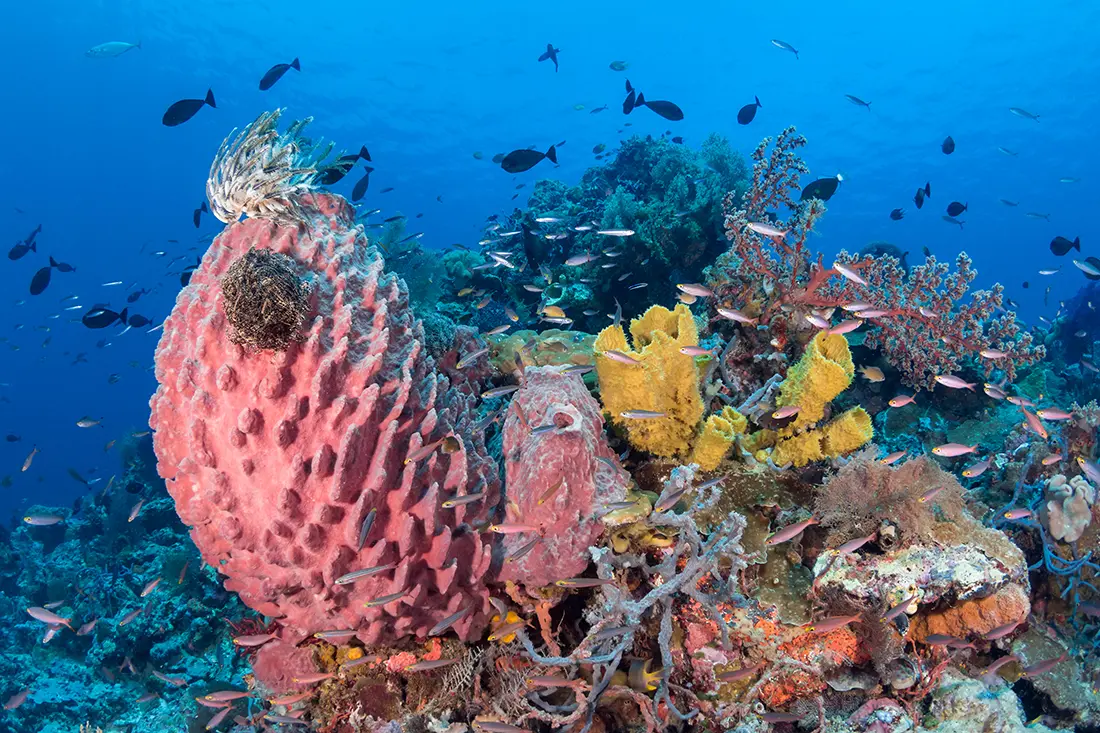
The environment influences biodiversity. Coral reef ecosystems need warm, clear waters to thrive. If there’s too much runoff from large rivers or urban growth nearby, the reefs can be choked by siltation or pollution. The waters must be warm, but not too warm. Below 25 C, coral growth is retarded. Above 29 C, the symbiotic algae living in the corals begins to die off and stress the corals. Depth is important too. Very shallow waters have too much temperature fluctuation and disruptive wave and surge action. Too deep, and light is diminished, which decreases diversity. At about 20 M depth, there is plenty of light, and not much wave action, even during large storms, so more species can survive.
Wakatobi’s reefs showcase the unparalled marine biodiversity of the region,” say award winning photographers Wayne and Pam Osborn.
Enjoy their image portfolio and iBooks showcasing Wakatobi reefs and marine life.
See why (here) Wakatobi Resort has become one of the Osborn’s favorite diving destinations.
You may also like
“We made our first trip here to Wakatobi in 2003 and have looked forward to taking a Pelagian cruise ever since. It definitely met our expectations. The diving was amazing, the food was fabulous, and the staff were outstanding! All of our needs were met and more. Thanks to… “Pelagian: Long anticipated expectations were met”

